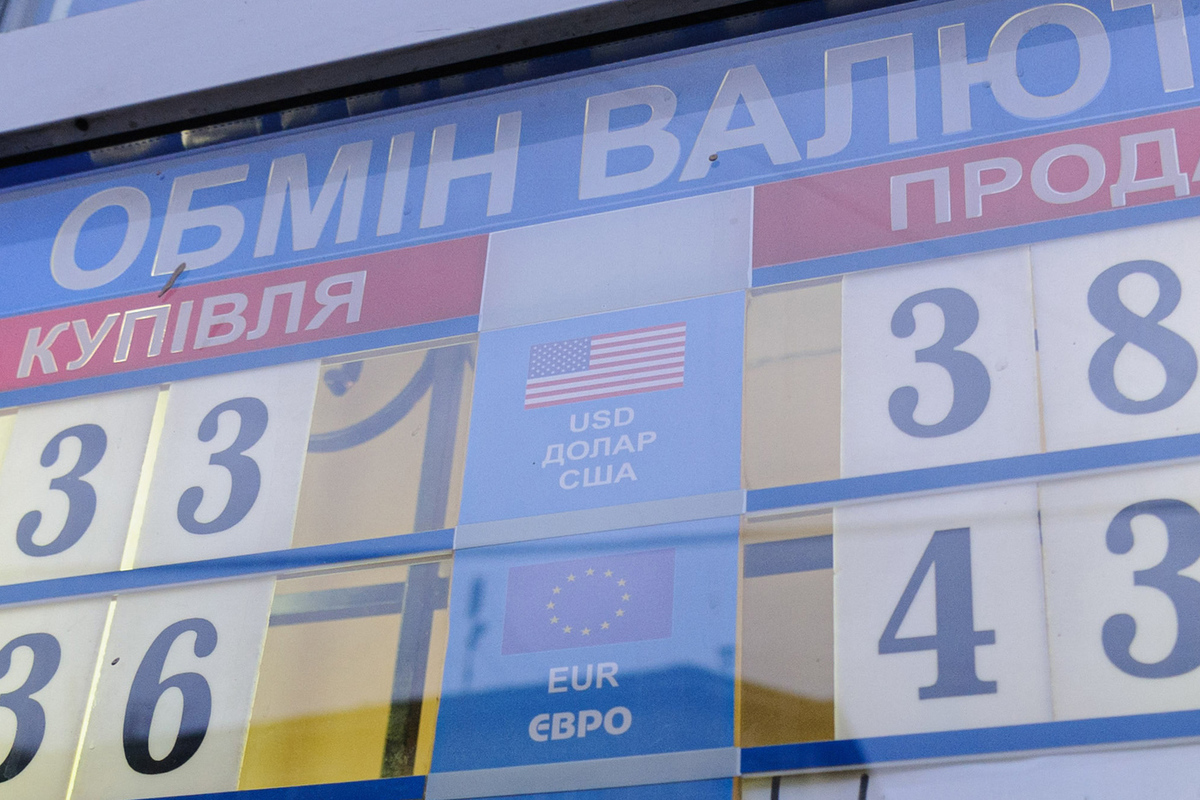The decision of the National Bank of Ukraine to abolish the fixed exchange rate of the hryvnia showed an economic hole
[ad_1]

The National Bank of Ukraine decided to abolish the fixed exchange rate of the hryvnia and let it float freely. “MK” talks to an expert about why Kyiv made this decision and how it will affect the economic situation of Ukraine.
The situation with prices in Ukraine now is not very pleasant. The average salary, according to the latest data from the Pension Fund, for June 2023 is 16,012 UAH, which, at the exchange rate for June, is approximately 35 thousand rubles.
At the same time, we should not forget that these calculations take into account Kyiv, where wages are an order of magnitude higher than other regions of Ukraine. That is, the average salary in other Ukrainian cities will be even lower.
The average pension as of July 2023 is a wretched 5,311 hryvnia or 12,692 rubles. At the same time, the average prices for products are: a kilogram of buckwheat – 44 UAH or 118 rubles, a package of ten C1 eggs – 52 UAH or 140 rubles, a kilogram of beef – 245 UAH or 661 rubles, a liter of milk – 40 UAH or 108 rubles, a kilogram of tomatoes – 68 UAH or 184 rubles.
In general, Ukrainians cannot spend their salaries even in a grocery store. And if working people can still afford a standard consumer basket, then how Ukrainian pensioners survive is unclear. With the devaluation of the hryvnia, the situation could get much worse.
The fixed rate was introduced by the National Bank of Ukraine in February 2022. At that time, the hryvnia was trading at 29.25 UAH per dollar. In July 2022, the exchange rate weakened to 36.57 UAH per dollar. In June 2023, another advance occurred. The NBU approved the Strategy for Easing Currency Restrictions, which provided for a transition to a more flexible exchange rate. And so, in October, the National Bank announced a “regime of managed exchange rate flexibility.” What does this mean and what consequences will this decision have?
MK took a comment from Pavel Nefidov, General Director of the CIS Financial and Banking Council:
– Why was the hryvnia exchange rate kept at the same level?
– There is a children’s arithmetic problem: if 10 buckets per minute are poured into the pool, and 15 are poured out, and the water level in the pool does not decrease, it means that there is another pipe somewhere. It’s the same here.
Constant external injections maintained the illusion of currency stability. Any interruption with an external source gives a corresponding reaction in the form of beginning to rely on other, including market, mechanisms.
– So they made this decision against the backdrop of problems with receiving Western money?
– At least, some difficulties have arisen, which are still of a theoretical nature. We see that the supply of financial assistance from the West is no longer automatic, and in anticipation of such liquidity gaps, the bank is preparing this mechanism.
– They said they would move to a regime of managed exchange rate flexibility. What does it mean?
– We will talk about a gradual devaluation of the hryvnia. Without any jumps, due to the fact that the National Bank has a mechanism in the form of dollar or euro interventions.
– How will this decision affect the economic situation?
– After some time, this decision will result in inflationary processes. The hryvnia will become cheaper, and imports will become more expensive, and will affect the price tag of imported goods, of which there are many in Ukraine.
– Could this lead to a critical situation for the population of Ukraine?
– In the medium term, it’s unlikely, because we are not talking about a complete cessation of Western economic assistance. But, naturally, the population will feel this due to an increase in market prices, which is what Western creditors insist on.
[ad_2]
Source link






